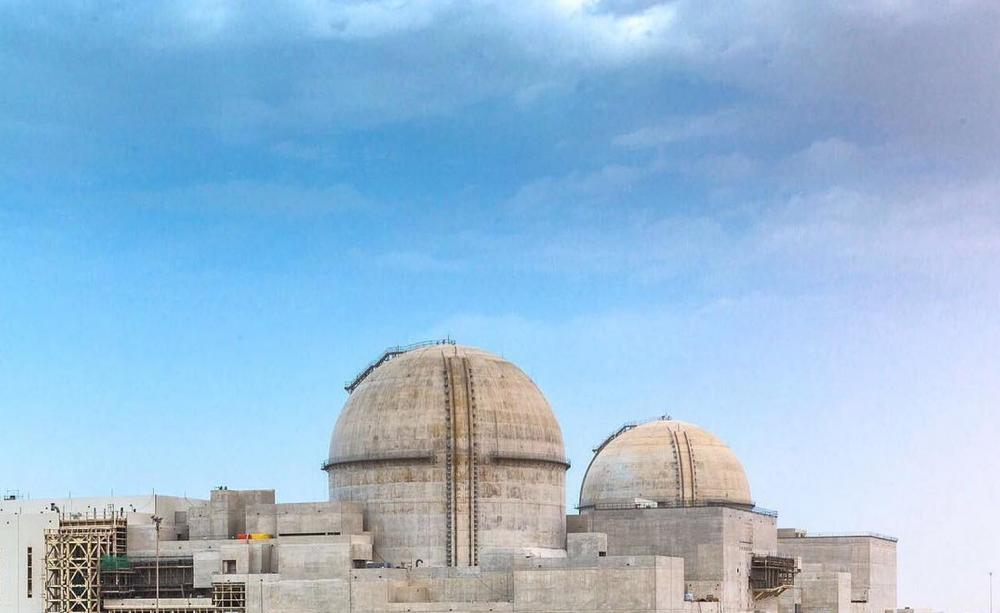Climate models have run hot in the last year.
As knowledge of climate sensitivity and polar ice melt-rate evolves, it’s become clear that sea-level rise is significantly faster than previously thought – which means more frequent and destructive storm, storm surge, severe precipitation, and flooding.
With extreme events that are rare today becoming the norm in the future, existing risk mitigation measures become increasingly obsolete. The corollary to this analysis is that present and planned coastal and inland nuclear installations will be at significant risk.
Coastal
In other words, nuclear’s sustainable electricity claim sits in the context of a much larger picture – that coastal and inland nuclear will be one of the first, and most significant, casualties to ramping climate impact.
As the world heats, ice stored at the poles and in glaciers melt and sea levels rise.
With a recent NASA study based on 25 years of satellite data finding that global sea–level rise has been accelerating rather than increasing steadily, the Arctic is melting so rapidly that it’s now 20 percent thinner than a decade ago, weakening a major source of the planet’s cooling. [1]
Meanwhile, satellite data shows the Greenland Ice Sheet has lost a record amount of ice in 2019 – equivalent to a million tons per minute.
With the climate crisis heating the Arctic at double the rate in lower latitudes, the ice cap is currently the biggest single contributor to sea-level rise, and already imperils coasts and coastal populations. [2]
Model
This is all the more concerning since very recent research reports new early-warning signals indicating that the central-western part of the Greenland Ice Sheet is undergoing a critical transition.
…click on the above link to read the rest of the article…
